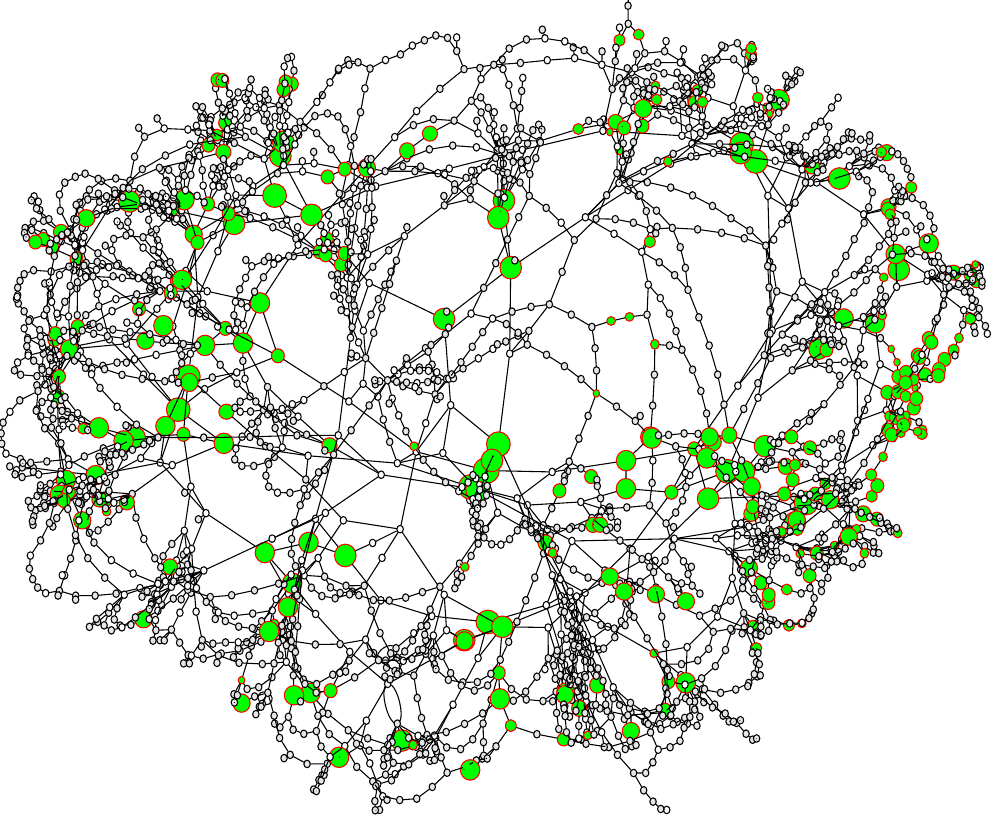Controlled Tripping of Overheated Lines Mitigates Power Outages
Rene Pfitzner, Konstantin Turitsyn and Michael Chertkov
(2011)
Research: Systemic Risks
Abstract
We study the evolution of fast blackout cascades in the model of the Polish (transmission) power grid (2700 nodes and 3504 transmission lines). The cascade is initiated by a sufficiently severe initial contingency tripping. It propagates via sequential trippings of many more overheated lines, islanding loads and generators and eventually arriving at a fixed point with the surviving part of the system being power-flow-balanced and the rest of the system being outaged. Utilizing an improved form of the quasi-static model for cascade propagation introduced in our earlier study (Statistical Classification of Cascading Failures in Power Grids, IEEE PES GM 2011), we analyze how the severity of the cascade depends on the order of tripping overheated lines. Our main observation is that the order of tripping has a tremendous effect on the size of the resulting outage. Finding the \"best\" tripping, defined as causing the least damage, constitutes a difficult dynamical optimization problem, whose solution is most likely computationally infeasible. Instead, here we study performance of a number of natural heuristics, resolving the next switching decision based on the current state of the grid. Overall, we conclude that controlled intentional tripping is advantageous in the situation of a fast developing extreme emergency, as it provides significant mitigation of the resulting damage.

